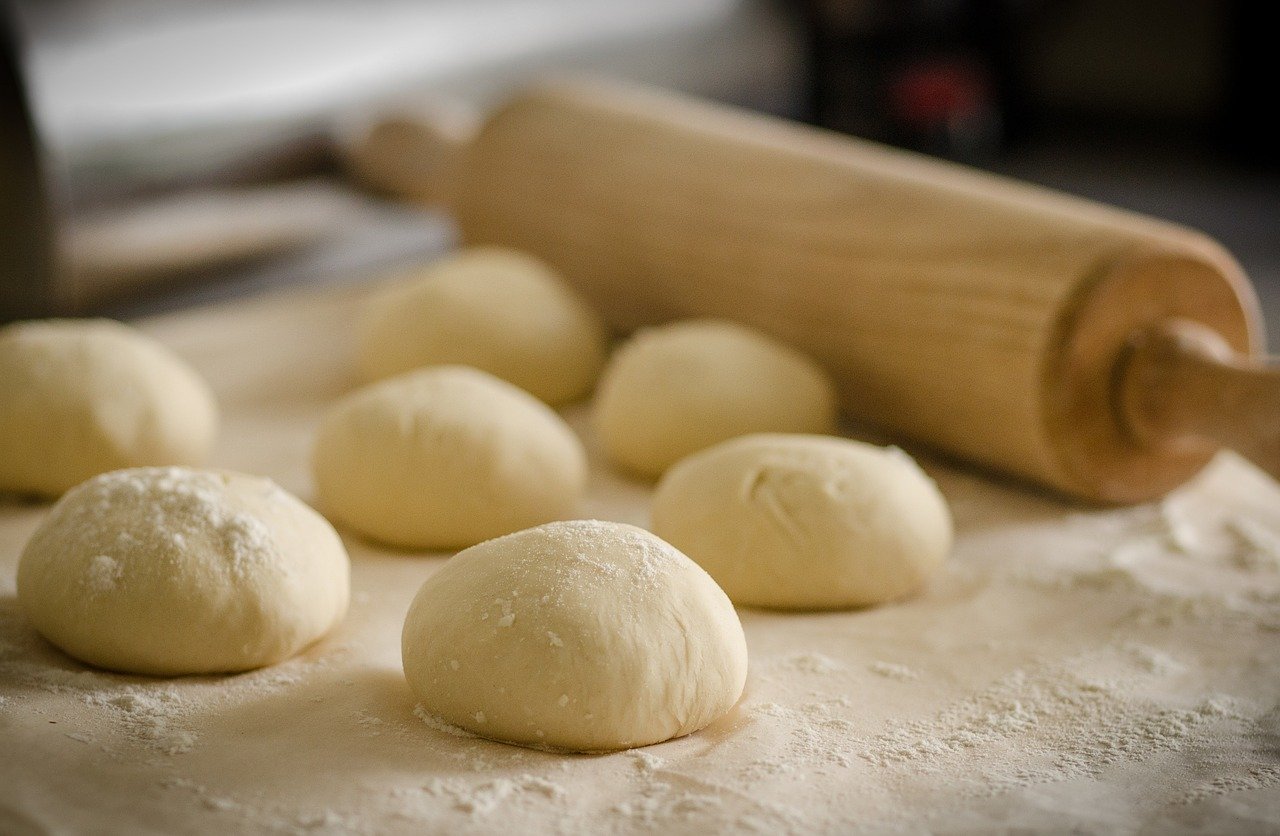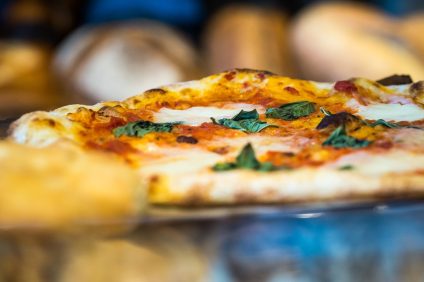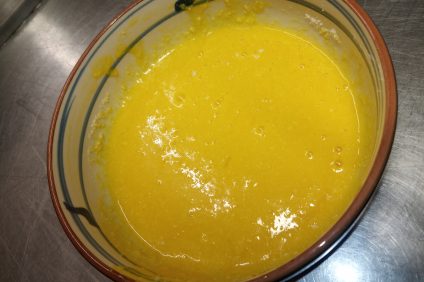Rediscovering the taste of baking bread at home means regaining an arcane yet vital pleasure. Bread is art, it is love, it is life, especially if made with mother yeast, because it grows even before becoming the food we all know. Closing your eyes try to imagine this scene, made up of gestures that have been handed down for generations.
The ingredients that blend under the heat and pressure of the fingers, and the dough that already rises by heating slightly. It is that slow but energetic work of hands, where time and patience no longer exist, but only a strong contact, for a soft, tasty, rounded flavor. Thus was born the ductility of the dough while the shape of the bread takes shape, under a light rain of flour, settles on the dough. The heat of the oven is the final act, which makes it puffy, golden and fragrant, ready to be tasted.
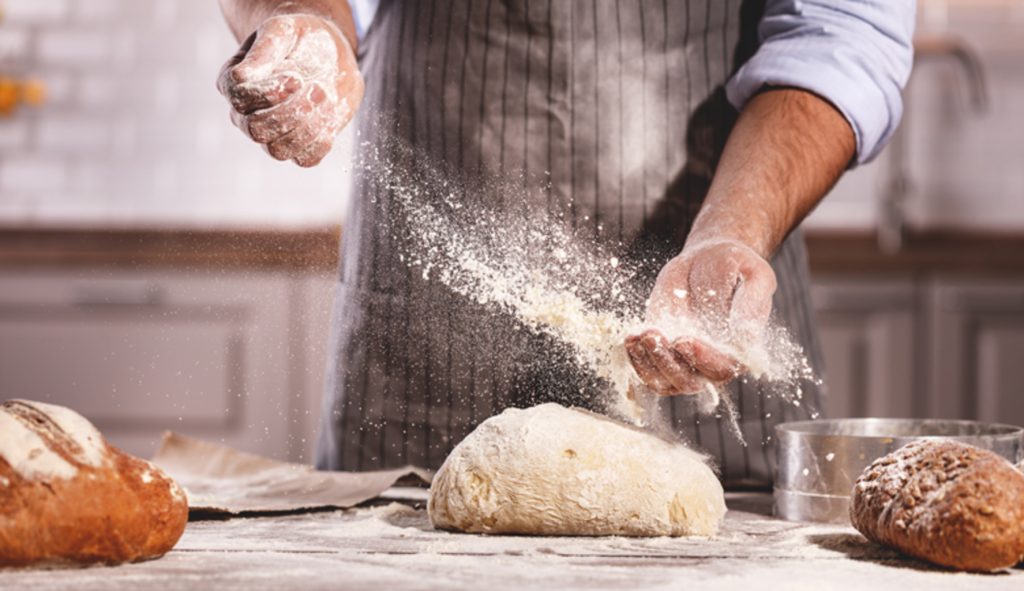
The history of bread
Bread, a universal food present in all latitudes, since the most remote times. It is between the Paleolithic and the Neolithic that man begins to cultivate cereals (spelled, wheat, rye). The exact date on which man "created" the bread is difficult to establish. It is the essential food that has evolved over time, thanks to technological development, but the real revolution in the field of baking took place in the Renaissance, when artificial leavening (brewer's yeast) was introduced. The bakers in the following centuries began to give free rein to bread making, generating new types of bread. Their work will remain unchanged until the second half of the eighteenth century, when with the advent of industries, the first attempts at mechanization of the baker's work were born. To the manual skill of man, machines were increasingly replaced, mechanical mixers took over, and subsequently electric ones.

Ingredients for the basic recipe:
800 0 grams of flour (preferably type 1)
30 gr of fresh brewer's yeast
350 ml of warm water (never hot because it inhibits the properties of yeast)
100 ml of extra virgin olive oil
1 teaspoon salt
1/2 teaspoon of sugar (helps fermentation).
Bread recipe, method
Dissolve the brewer's yeast in half a glass of just warm water, add the 1/2 teaspoon of sugar to help fermentation. Put 100 grams of sifted flour in a bowl and add the freshly melted yeast until it forms a firm dough. If necessary, add a little more flour to the dough, until it is firm enough to hold up a wooden spoon. Cover with a cloth (to prevent the crust from surface) and leave to rise for 5-6 hours, even better overnight. After this time, pour the salt into the remaining water, always at room temperature, and work the first dough, slowly combining the rest of the flour and the extra virgin olive oil. Knead everything until the dough is compact, homogeneous and elastic for at least a quarter of an hour.
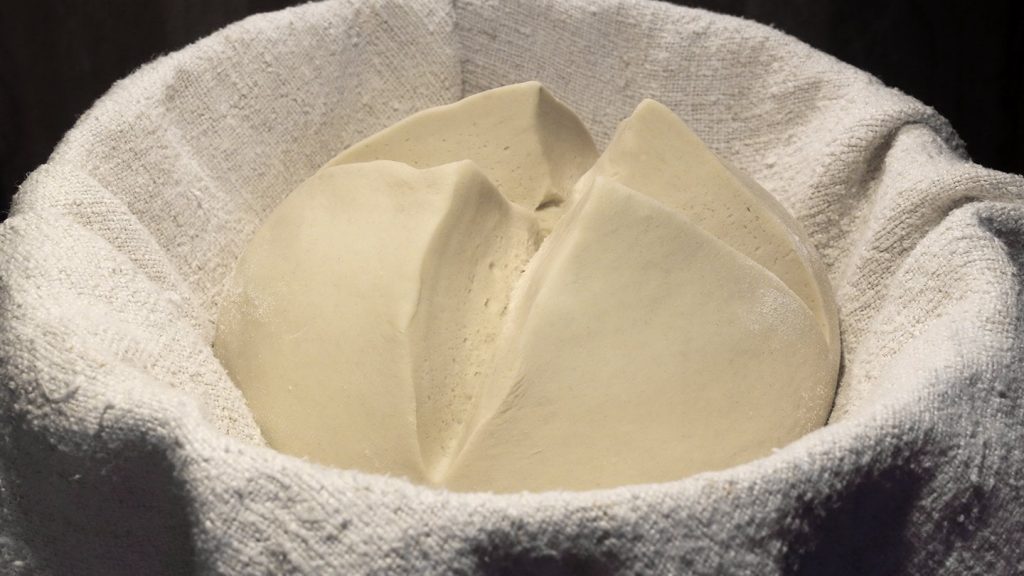
On the pastry board
Passing the mixture on the pastry board, rewind it by massaging it vigorously, until a ball of dough is collected and put to rest for another 2-3 hours, floured and covered with a damp cloth. After the time necessary for leavening, the mixture is rearranged, making it deflate. By breaking it up you will get about 10 small loaves on which you will brush with extra virgin olive oil and then place them on the oven plate. The latter, just warm and with the door open, will ensure that they rise again, until doubled in volume. Turn the oven on again at 200 ° C and cook for about half an hour and then lower the temperature to 190 ° C waiting for the browning to become homogeneous. At this point the perfume exceeds the sense of sight, so all that remains is to taste it.




